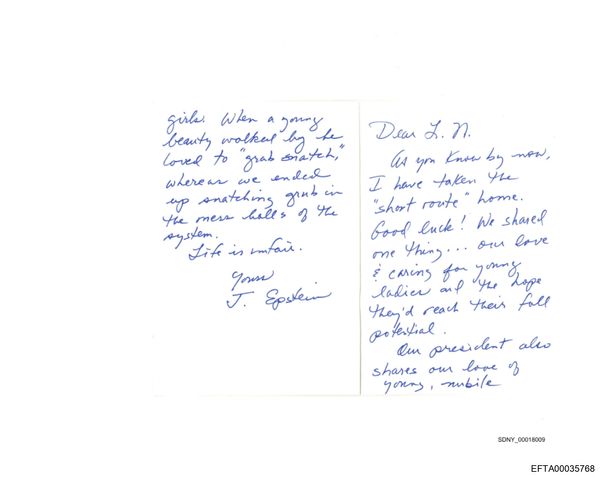
There’s nothing more frustrating than a productivity slump; your brain isn’t functioning, and your mood and focus are slipping away. According to Jo Irving, a career, transformation and empowerment coach, the 5-5-5-3 method could help you get things back on track.
You might be wondering how this relates to your fitness, but the method is versatile and could work for all areas of your life, including physical and mental well-being, and your career.
Below, we cover the method in more detail and explain how adding the mindfulness technique to your routine helps boost productivity and focus, whatever your day has in store. Looking to get more motivated, whether it’s for work, the gym, or planning an event? Here’s how the method works.
What is the 5-5-5-3 method?

Mindfulness is a big thing right now, and it turns out adding some mindfulness to your daily routine could positively impact more than just your stress levels, but productivity and motivation, too. Having checked out the approach for myself, it translates well to other areas of life, like planning (and getting motivated for) workouts.
You’ll start with five minutes of planning, which allows you to set an intention and “define the task at hand,” Irving says. That could be deciding the workout you want to do, or the steps of a task you've been sitting on. You’ll then spend five minutes preparing; this could include clearing your desk space or getting dressed for a workout, putting on gym clothes, or setting up one of the best Garmin watches to track exercise.
Next, Irving recommends taking five minutes to “reset your nervous system through mindful breathing or stillness,” which helps shift from the sympathetic nervous system to the parasympathetic, or rest-and-repair, state.
“Only after this do you dive into a focused 30-minute work sprint,” she adds. Or in my case, as a personal trainer, an actual sprint. “The idea is that by the time you start working, you’re fully prepared mentally, emotionally and practically, which makes you far more effective.”
What are the benefits?
Irving says her clients find they have greater intention and less stress going into their days, which boosts overall productivity.
“The breathing component is particularly useful for calming the mind, while the preparation phase eliminates the common excuse of 'I’m not ready yet,’” she explains. “By respecting the mental runway you need before engaging with a task, the method reduces procrastination and enhances focus.”
This makes a lot of sense to me. As a trainer, you’d think my motivation is constant, but depending on my menstrual cycle, my motivation and mood fluctuate as wildly as my hormones, and some weeks, I find it hard to peel myself away from my desk and hit the gym. As the day wears on, my motivation wears down, and the excuses start to set in. It’s also tied heavily into how much I’ve coached others that week, which tends to mentally take it out of me.
If that sounds like you, the 5-5-5-3 method could help you hit the reset button and find fresh focus and motivation by setting yourself up properly for whatever you need to do.
Does it really work?

Yes, the 5-5-5-3 method can improve focus and productivity, Irving believes. “It works particularly well for people who struggle with distractions or have difficulty getting started," she says.
“Rather than forcing yourself into work mode, this technique creates a natural, structured entry point into deep concentration. It’s especially effective for those who feel mentally fragmented throughout the day or overwhelmed by a long to-do list. That said, like any tool, consistency is key. It’s most powerful when used regularly, not just as a one-off.”
If you are a serious gym-goer, athlete, or professional sportsperson, you might already have mental preparation time structured into your routine to get your head in the game. But, for those of us who are just looking for more ways to be productive during the day, this method could be useful on a more day-to-day basis when planning tasks or workouts.
Are there any negatives?
Irving says that people experiencing reactive or fast-paced environments might struggle to find the time to make the method work.
“Similarly, if you’re constantly context switching or working in a high-interruption role, the method may need some adjusting," she says. “It’s ideal for anyone trying to reclaim their focus in a world full of distractions. If you’re someone who tends to dive into tasks without much thought or ends the day wondering where your time went, this approach can be a game-changer.”
Once you’ve practiced the method for yourself, why not try out some of our favorite workouts below?
Follow Tom's Guide on Google News to get our up-to-date news, how-tos, and reviews in your feeds. Make sure to click the Follow button.
More from Tom's Guide
- Forget 10,000 steps — I tried ‘rucking’ instead of regular walking for one week, and it's a game changer
- New to fitness? This 10-minute abs workout is perfect for strengthening your core, and you can do it anywhere
- A yoga teacher shares 3 exercises you can do to bulletproof your core and strengthen your lower back







